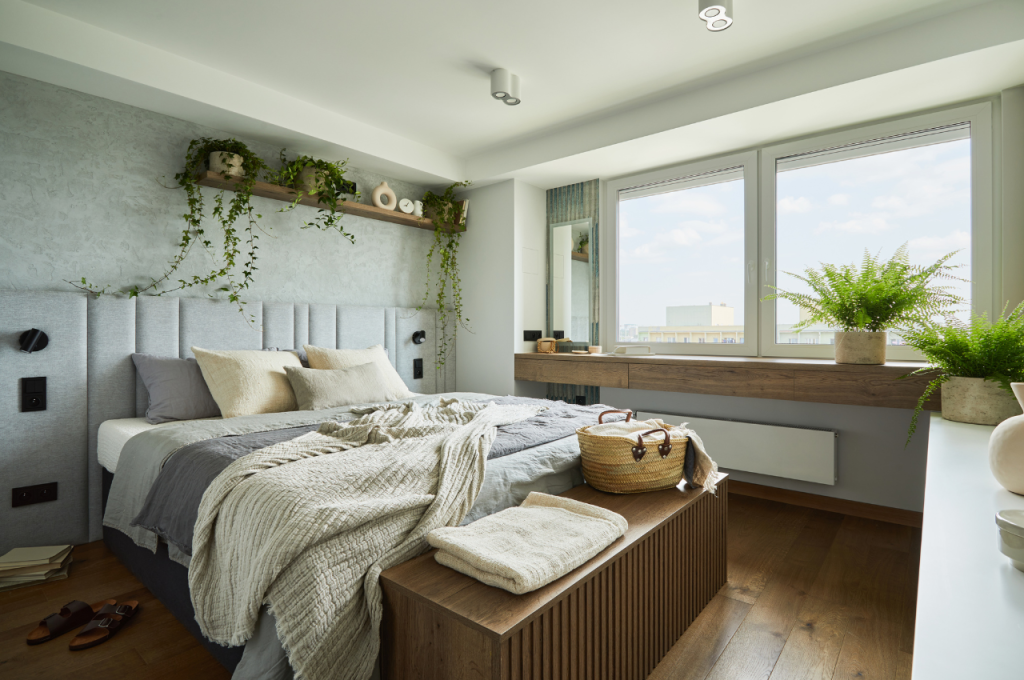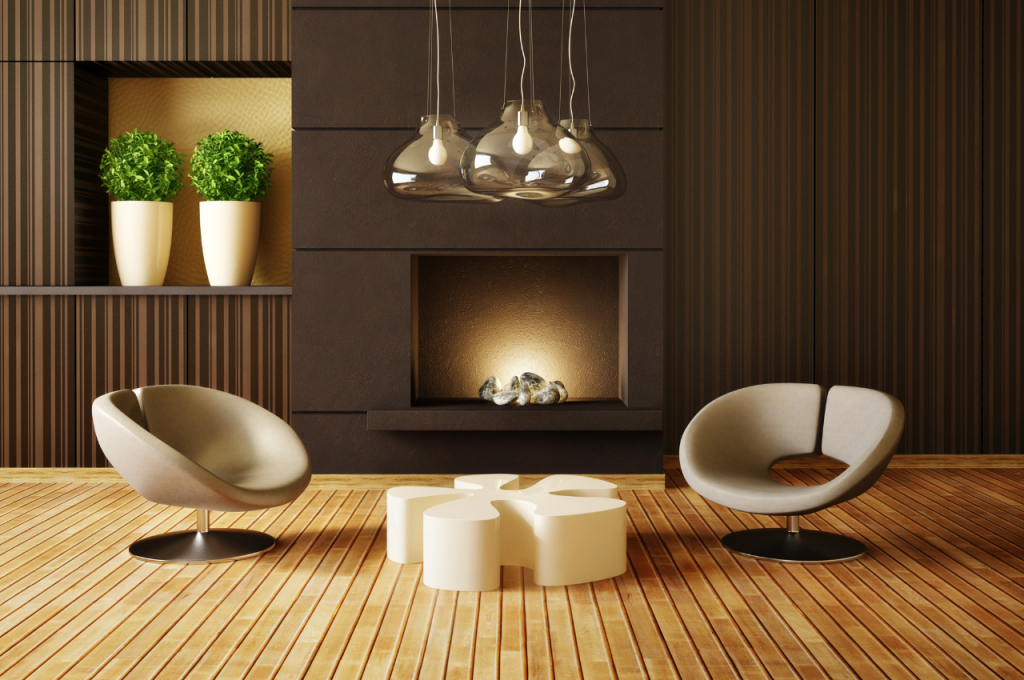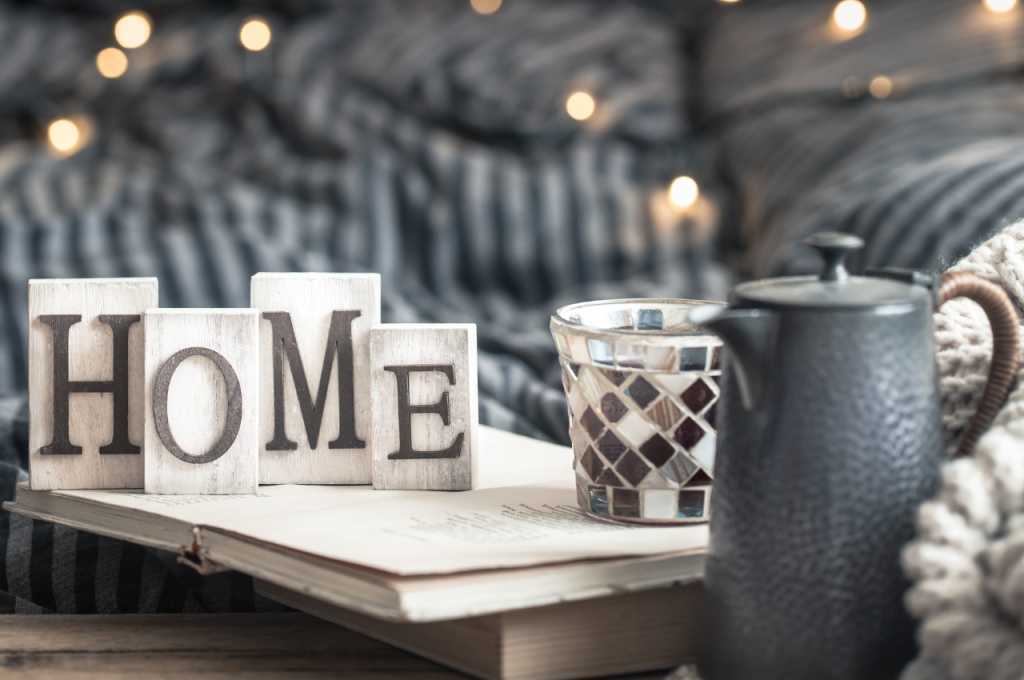Designing a home involves planning the layout, choosing materials, and decorating to create a functional and aesthetically pleasing space. Consider the preferences, lifestyle, and needs of the residents, and prioritize functionality and comfort to achieve a personalized and efficient design.
Taking into account the architectural style and available space is also crucial. Incorporating natural light, proper ventilation, and utilizing space-saving furniture and storage solutions can enhance the overall design. Carefully selecting color schemes, textures, and accessories can add character and personality to the home.
Striking a balance between form and function is essential for a successful home design that meets the needs of its inhabitants while reflecting their style and tastes.
Getting Started with Home Design
When designing a home, it’s essential to start with clear goals and a solid plan. Getting started with home design involves assessing your needs and style, as well as setting a realistic budget. By following these initial steps, you can lay the foundation for a successful and satisfying home design project.

Assessing Your Needs and Style
Understanding your requirements and preferences is the first crucial step in designing your home. Make a list of your must-haves, such as the number of bedrooms, an open floor plan, or a spacious kitchen. Consider your lifestyle and how you envision using each space. This assessment will serve as a guide throughout the design process and help you create a home that caters to your specific needs and reflects your style.
Setting A Realistic Budget
Establishing a practical budget is fundamental for a successful home design project. Begin by researching the average costs for materials, labor, and furnishings—factor in any additional expenses, such as permits and unexpected repairs. Be realistic about what you can afford and prioritize your expenditures accordingly. A well-defined budget will enable you to make informed decisions and avoid financial strain as your design plans progress.
Understanding Your Space
Understanding your space is essential when embarking on a home design project. Before diving into designing your home, it is crucial to evaluate the layout, flow, natural light, and views.
Evaluating The Layout and Flow
Assess the current layout to determine what works well and what can be improved in terms of functionality and flow.
Maximizing Natural Light and Views
Strategically position windows to capture natural light and scenic views, enhancing the overall ambiance of your home.
Choosing The Right Color Palette
When designing a home, one of the key elements to consider is choosing the right color palette. Selecting the perfect color scheme can greatly impact the overall look and feel of a space, setting the tone for the entire design.
Exploring Color Psychology
Understanding color psychology is vital in choosing the right colors for your home. Different colors evoke various emotions and can influence moods and behaviors.
Creating Cohesive Color Schemes
To ensure a harmonious design, it’s essential to create cohesive color schemes. This involves selecting a primary color and incorporating complementary tones to achieve balance and flow throughout the space.
Selecting Furniture and Decor
When it comes to designing a home, one of the most crucial aspects is selecting the right furniture and decor. This is the stage where you can add your personal touch and make your living space truly reflect your style and preferences. By carefully choosing the right pieces, you can create a space that is not only aesthetically pleasing but also comfortable and functional. In this section, we will explore two important factors to consider – balancing comfort and function and mixing textures and styles.
Balancing Comfort and Function
When designing your home, it’s important to strike a balance between comfort and functionality. You want your furniture to not only look good but also serve a purpose and provide comfort. Consider the specific needs of each room – for example, a cozy and comfortable sofa in the living room, or a spacious and functional dining table in the kitchen.
It’s also essential to think about how the furniture will be used. If you have children or pets, you may want to opt for sturdy materials that are easy to clean. On the other hand, if you entertain frequently, providing ample seating and storage solutions will be a priority.
To achieve the perfect balance, create a floor plan and visualize how each piece of furniture fits into the layout. Think about traffic flow and ensure that there is enough space for movement. Consider the proportions of each item in the room size to avoid overcrowding or overwhelming the space.
Mixing Textures and Styles
Another aspect to consider when selecting furniture and decor is mixing textures and styles. While it’s important to have a cohesive design theme, incorporating different textures and styles adds depth and visual interest to your home.
Start by selecting a dominant style as your foundation. Whether it’s modern, traditional, bohemian, or rustic, this will serve as the backbone of your design. From there, you can introduce elements of contrasting textures and styles to create a dynamic and eclectic look.
For example, you can pair a sleek leather sofa with a cozy knit throw blanket, or combine vintage-inspired furniture with contemporary artwork. Mixing different materials such as wood, metal, and glass can also add visual intrigue.
To ensure cohesiveness, stick to a consistent color palette that complements your chosen textures and styles. This will create a harmonious and unified look throughout your home.
Incorporating Smart Home Technology
When designing a home, incorporating smart home technology can greatly enhance convenience, comfort, and efficiency. Smart home features allow for seamless control of various functions within the home, providing a modern and effortless living experience.
Integrating Automation and Control Systems
Automation systems automate tasks like lighting, thermostat control, and security. Integrating these systems creates a cohesive and responsive living environment.
Control systems, such as voice assistants or smartphone apps, enable remote monitoring and management of home functions. This enhances accessibility and simplifies home management.
Enhancing Energy Efficiency
Energy-efficient technologies, like smart thermostats and LED lighting, can optimize energy usage and reduce utility costs. Inclining towards sustainable living, these solutions benefit both the environment and homeowners.
Making The Most of Outdoor Spaces
Designing a home to make the most of outdoor spaces is essential for creating a welcoming and functional environment. By considering factors such as layout, furniture placement, and landscaping, homeowners can maximize the potential of their outdoor areas.

Designing Functional Outdoor Areas
When designing your home, it’s essential to consider outdoor spaces, as they provide a fantastic opportunity to extend your living area and connect with nature. Creating functional outdoor areas can enhance your lifestyle and increase the value of your property. Let’s explore some tips on how to design outdoor spaces that are not only visually appealing but also practical and enjoyable.
- Start by determining the purpose of your outdoor space. Will it be used for entertaining guests, gardening, or simply relaxing?
- Consider the size and layout of your outdoor area. Maximize space utilization by strategically placing furniture and creating separate zones for different activities.
- Pay attention to the flow of movement. Ensure there is ample space for people to move around comfortably, especially if you plan to host gatherings.
- Incorporate features that promote usability. Install shade structures, such as pergolas or umbrellas, to provide relief from the sun. Add lighting options for evening use, like string lights or solar-powered lamps.
Selecting Weather-resistant Materials
When designing your outdoor spaces, it’s crucial to select materials that can withstand the elements and require minimal maintenance. Weather-resistant materials not only preserve the aesthetics of your outdoor areas but also ensure longevity. Here are some considerations for choosing the right materials:
- Opt for furniture made with weather-resistant materials like aluminum, teak, or synthetic wicker. These materials can withstand rain, wind, and harsh sunlight without deteriorating.
- Choose flooring materials that are durable and slip-resistant. Porcelain tiles or concrete pavers are excellent options as they are easy to maintain and resistant to fading.
- Consider using weather-resistant fabrics for cushions and upholstery. Look for materials that are UV-resistant, waterproof, and mildew-resistant materials to keep your outdoor furniture looking fresh and inviting.
- Invest in outdoor rugs that are specially designed to withstand outdoor conditions. These rugs are made from materials that resist fading and are easy to clean.
Ensuring Sustainability and Eco-friendliness
Investing in sustainable and eco-friendly design for your home is not only beneficial for the environment but also for your overall well-being. By integrating green building materials and energy-efficient solutions, you can create a space that minimizes environmental impact and reduces energy consumption. Here are some key strategies for ensuring sustainability and eco-friendliness in your home design.
Utilizing Green Building Materials
One of the fundamental aspects of eco-friendly home design is the utilization of green building materials. These materials are sourced from renewable or recycled sources and are designed to have minimal impact on the environment. Examples include sustainably harvested wood, recycled metal, and low-impact insulation materials. By incorporating these materials into your home design, you can significantly reduce your carbon footprint and contribute to a healthier planet.
Implementing Energy-efficient Solutions
In addition to using green building materials, it’s vital to implement energy-efficient solutions throughout your home. This can involve installing energy-efficient appliances, utilizing LED lighting, and optimizing insulation to minimize heating and cooling energy consumption. By reducing your reliance on non-renewable energy sources, you’ll not only lower your utility bills but also contribute to the conservation of natural resources and the reduction of greenhouse gas emissions.
Working with Home Design Professionals
Collaborating with home design professionals can greatly enhance the success and satisfaction of your home design project. In this guide, we’ll explore the benefits of working with home design professionals and provide tips for establishing productive and successful collaborations.
Collaborating with Architects and Interior Designers
Architects and interior designers play crucial roles in creating your dream home.

- Consult with architects for layout and structural design.
- Work with interior designers for aesthetics and functionality.
Effective communication is key to ensuring your vision is understood and executed.
Managing the Construction Process
Oversee the construction phase to ensure quality and timelines are met.
- Regular site visits help monitor progress and address any issues promptly.
- Coordinate with the professionals involved to keep the project on track.
Conclusion
Your home design is a reflection of your style and personality. Remember to blend functionality with aesthetics. Make sure each room tells a story and creates a cozy atmosphere.
By incorporating these tips, you can create a space that you will love coming home to every day. Let your creativity shine!

